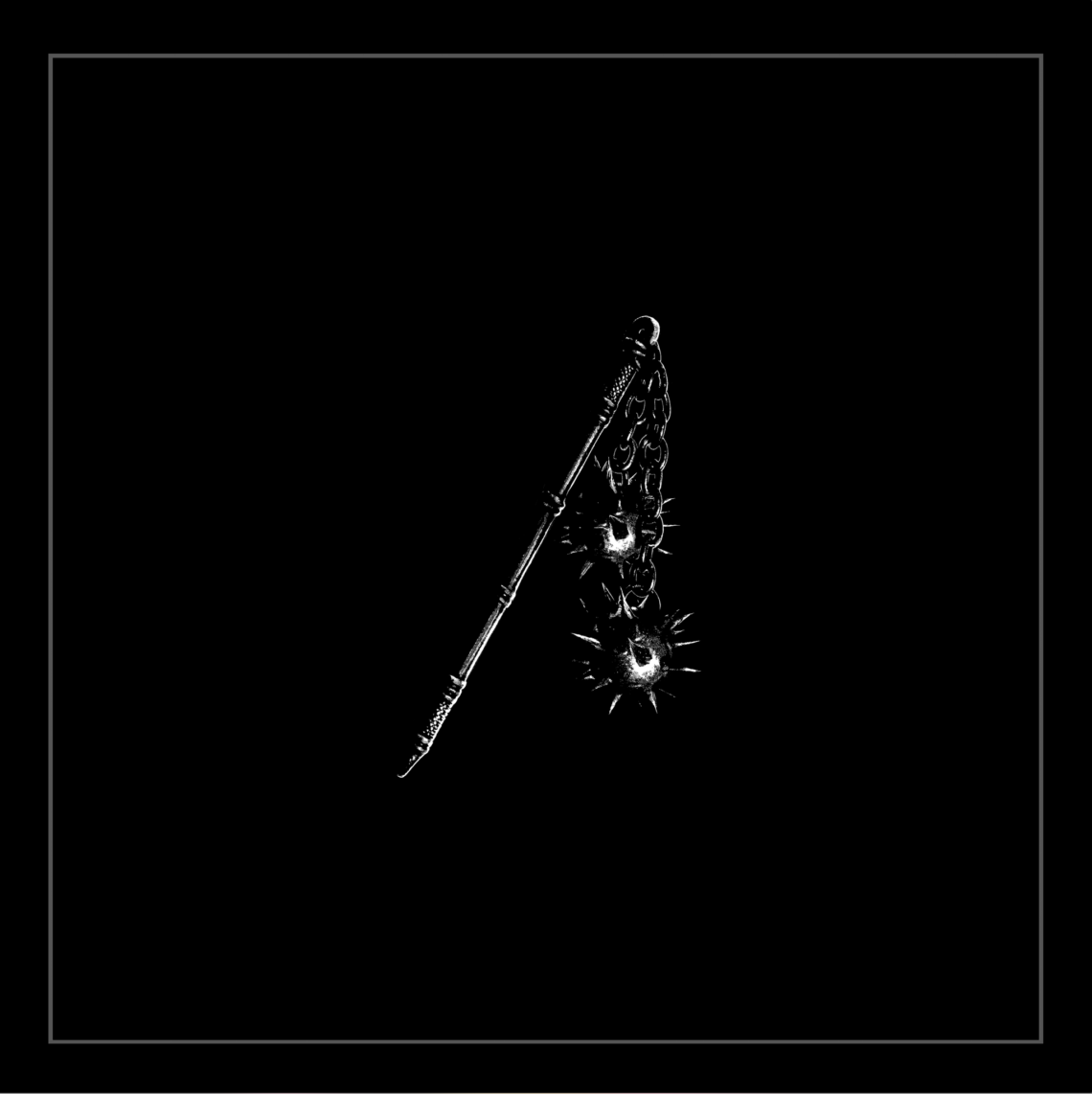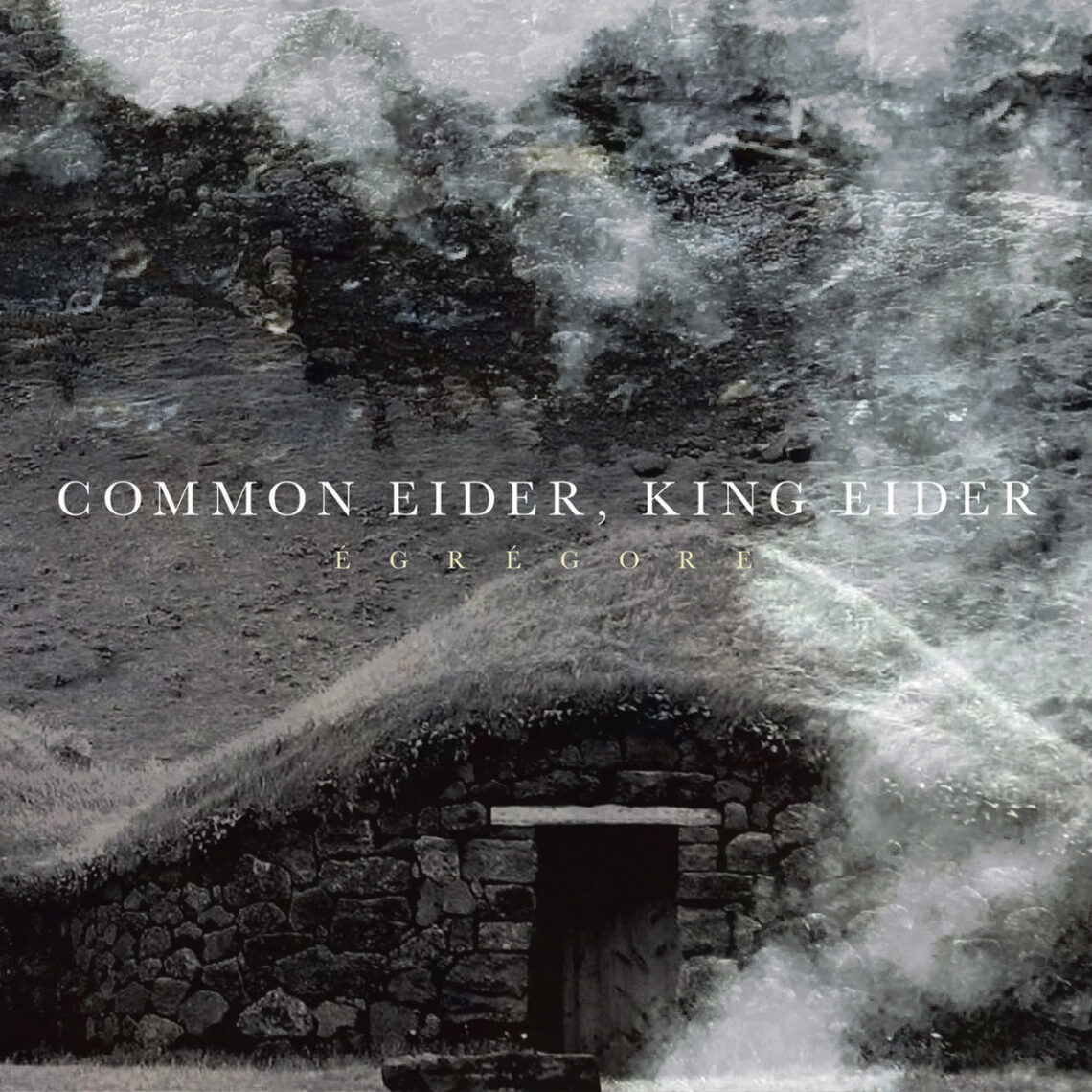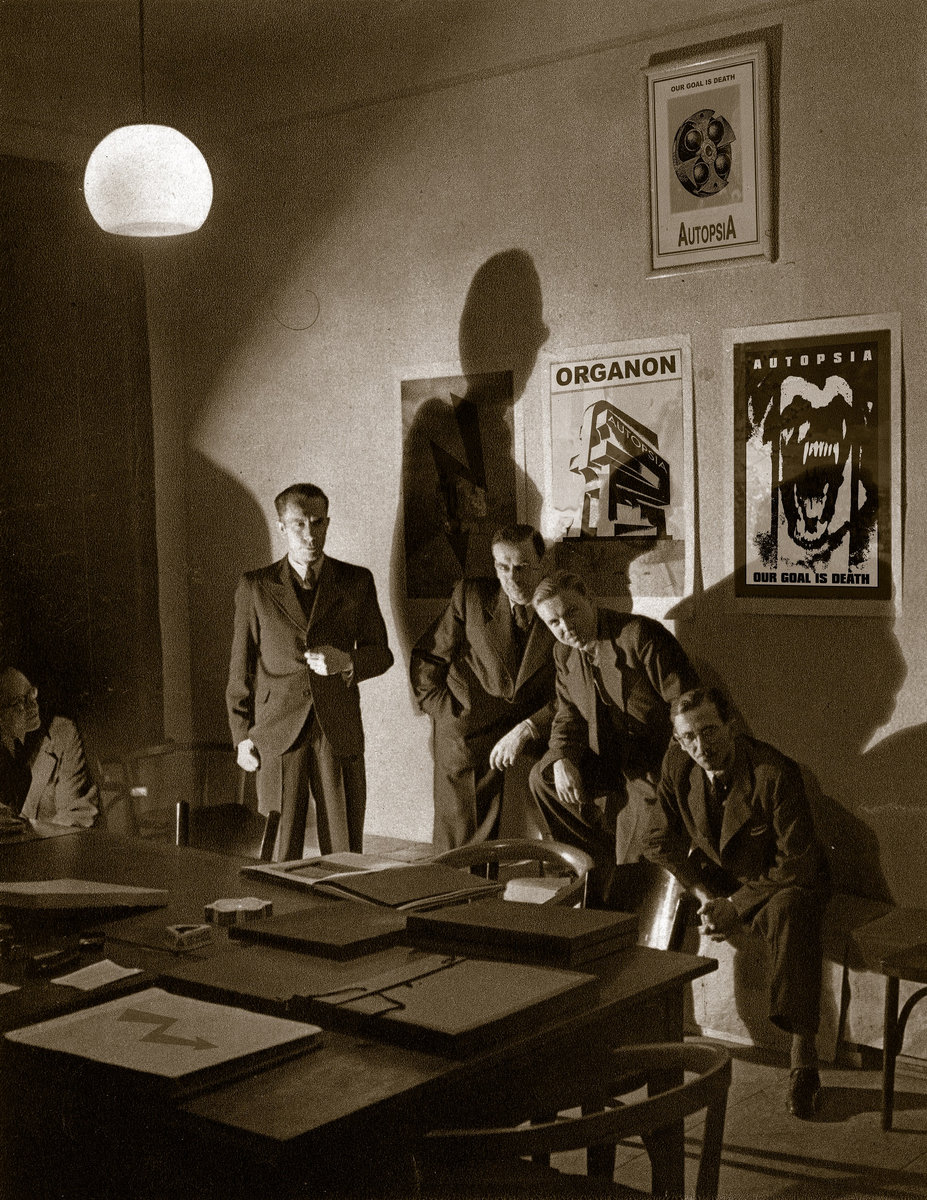Moral Order – The Slaughter Of The Innocents
Label: New Approach Records – NAR43
Format: CD, Album
Country: Portugal
Released: 09 Feb 2025
Genre: Electronic
Style: Industrial, Ambient, Power Electronics.
Active since 2018, Spanish Industrial project Moral Order have been consistently releasing well executed Power Electronics drenched in Darkness and Bleakness, but 2025 sees a new facet of the project, where F. dwells into fields closer to Dark Ambiental Industrial, pushing the oppressive and claustrophobic aspects of his sound to new levels. In an age where all we know seems to mean nothing and society’s sanity seems to vanish into oblivion by the wish of a few occult forces, «The Slaughter of the Innocents» embraces us in its dark and tenebrous mantle.



